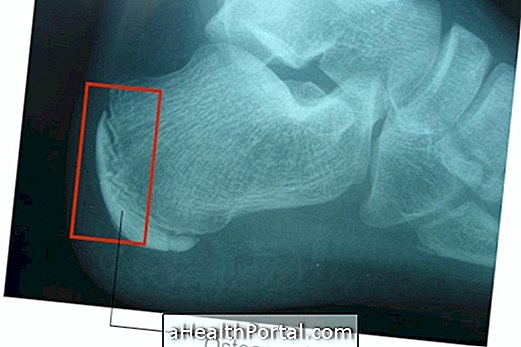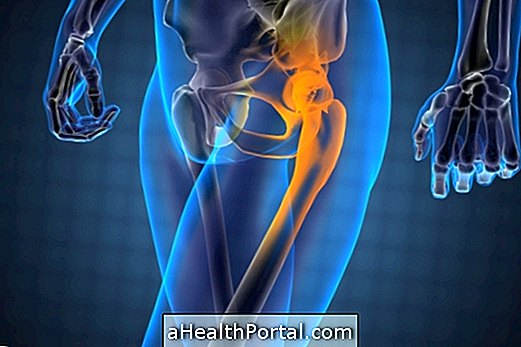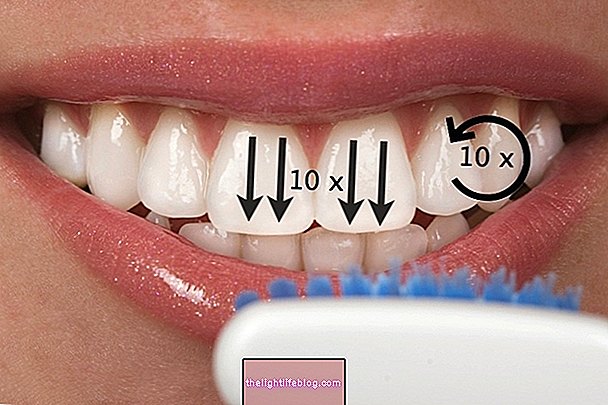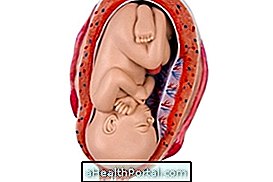Haglund's deformity is the presence of a bony spike in the upper calcaneus that easily leads to inflammation in the tissues around him, between the heel and the Achilles tendon.
This bursitis is more common in young women, mainly because of the use of tight-fitting shoes, although it may also develop in men. The disease progresses and becomes more painful due to the constant use of hard shoes that compress or press the connection between the heel and the potato of the leg.
How to identify Haglund's deformity
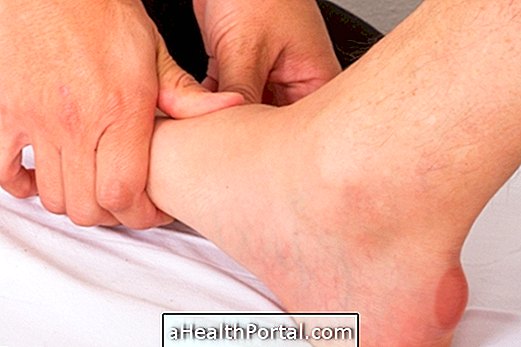
Haglund deformity is easily identified when a red, swollen, hard and quite painful spot appears on the back of the heel.
How to treat Haglund's deformity
Treatment for haglund deformity is based on reducing inflammation as in any other bursitis. Changing the shoes that press the heel or adapt the position of the foot in the shoe in order to avoid the pressure is the immediate strategy to be taken.
Clinical treatment involves taking anti-inflammatory and analgesic medications. In some cases, surgery to remove a portion of the heel bone may resolve the problem. But in most cases physical therapy is advised and can in a few sessions resolve the pain.
In order for the problem to be solved more easily, it is recommended to use shoes with platform heel neither too low nor too high, being quite comfortable. At home, if the patient experiences pain, he or she may put an ice pack, or a packet of frozen peas, under the affected spot and let it sit there for 15 minutes, twice a day.
When the inflammation decreases one should start to apply warm water bags in the same region, also 2 times a day.

